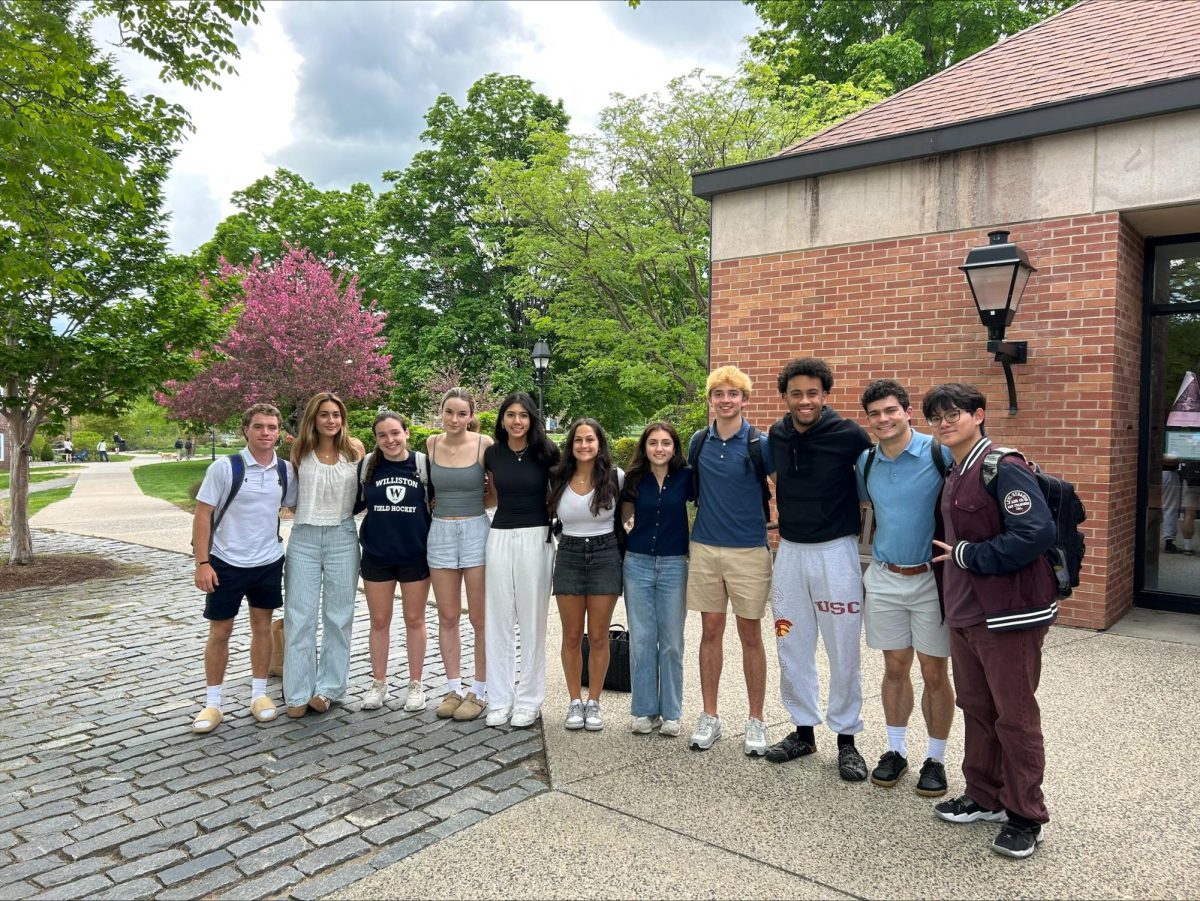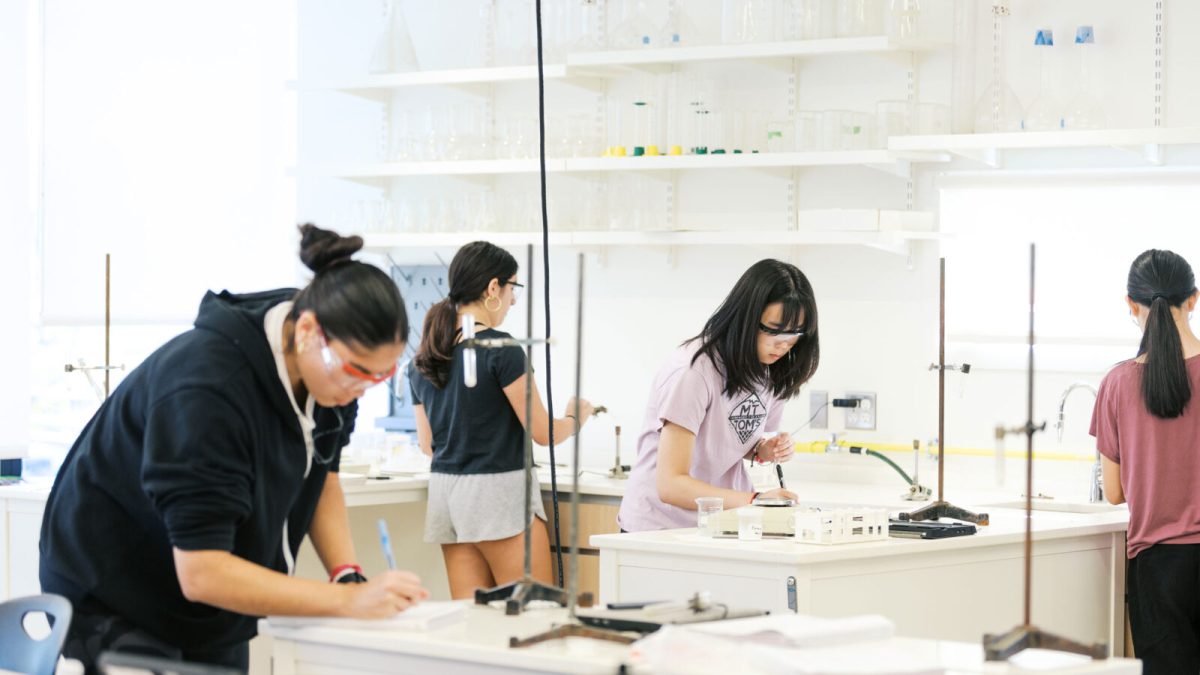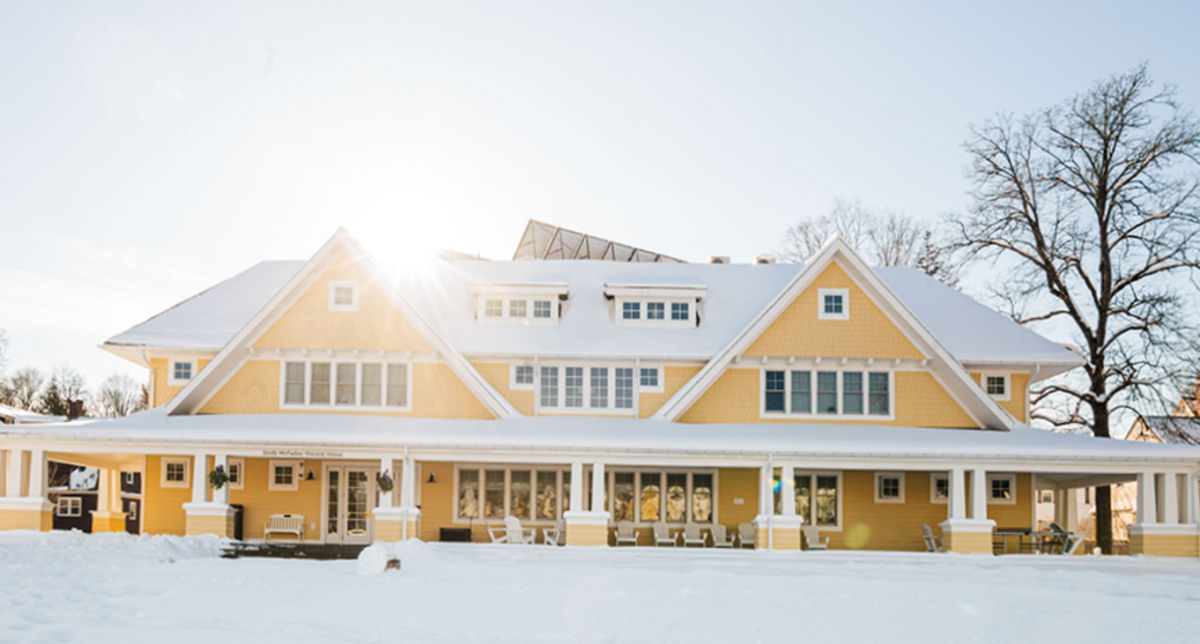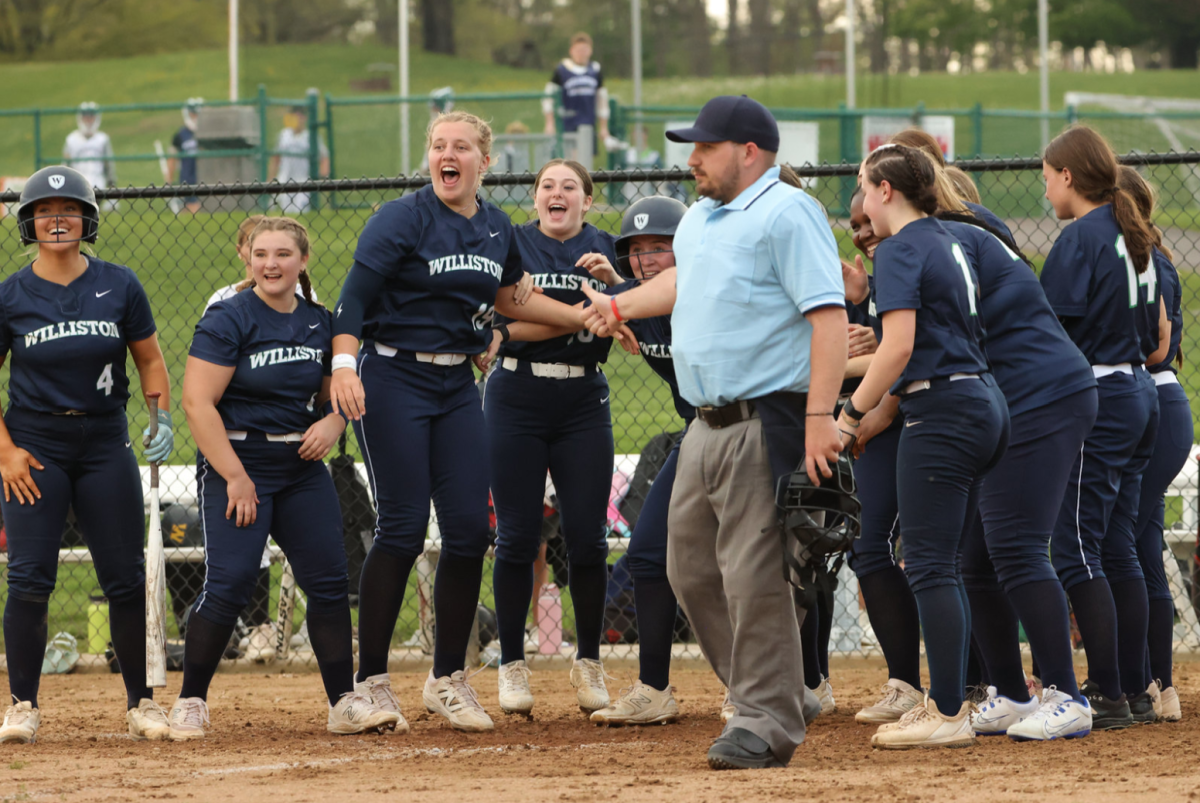[Editor’s Note: This is an opinion piece, and does not necessarily reflect the views of the entire Willistonian staff.]
Should day students be allowed — as they once were — to visit dorms during the day?
Previously, day students were allowed to enter boarder’s dorms during free periods, lunch, or h-block to spend time with their friends. However, this rule changed as a result of the Covid pandemic. But now that rules like social distancing, gathering limitations, and face mask requirements, according to Williston’s “Safer-At-Home” policy have been resolved, the rule, some students feel, has led to a disconnect between many boarders and the 37% of the school’s day students.
Many actions have been taken to combat this detachment, such as the switch from Residential Life dinners to more full-community -based events, and the implementation of day student proctors in Reed, but one separating rule remains. Day students were previously permitted to enter dorms, and in other New England prep schools such as Deerfield, this privilege remains.
Liza Hampson, a junior day student from Amherst, is unhappy with this rule; she feels isolated from her boarder friends.
“I feel that we have become more separated from the boarder life,” she said. “As a community, we should be closer, but when you aren’t allowed in the dorms, it disconnects us.”
Day students lose the constant social interactions that boarders have with each other, and although alone time is restful, day students are often detached from their boarding friends’ social scene. Liza often hears of the social cohesion her brother felt due to his ability to enter boarder dorms with his friends.
“My brother, who went to DA [Deerfield Academy], was allowed in all the dorms,” she said. “This was a helpful way to connect day and boarders.”
This new regulation seems somewhat outdated in comparison to the many Covid-era policies that have already been resolved; however, there are a multitude of factors that led to this procedure, says Dean of Students David Koritkoski.
“The concerns are two-fold,” he said. “First, the dormitories are our boarding student’s homes. It is important that boarding students, like day students, have a place that is their own where they can retreat when necessary. Second, there is a supervision concern of allowing unsupervised access of non-residents to the dormitories.”
Despite this, the new rule’s implementation continues to foster a divide between boarders and day students that was, according to some, absent previously.
Catie Spence is a six-year senior who experienced student life before 2019.
“When day students were allowed in dorms, it was so much easier to bridge the day-student and boarder divide because you didn’t have to jump through hoops and align with strict rules just to spend time with a boarder friend,” she said. “You could just go into their dorm whenever you wanted. It was way more carefree and helped foster stronger connections.”
Catie made the shift from being a day student to a boarder, which changed her experience as a Williston student.
“I definitely felt a shift after becoming a boarder because it’s so much easier to connect with your friends when you’re around them all the time,” she said. “As a day student, I often had to plan out all of my hangouts, which was always complicated to organize, and we struggled to find places we were allowed to be, so I didn’t spend as much time with friends. But as a boarder, there’s no barrier between you and your peers, so it’s much easier to hang out whenever you want or make plans on the fly.”
Despite the separation this rule creates between day students and boarders, its implementation is a valid safety precaution to ensure the school’s awareness of a student’s whereabouts in case of an emergency.





















